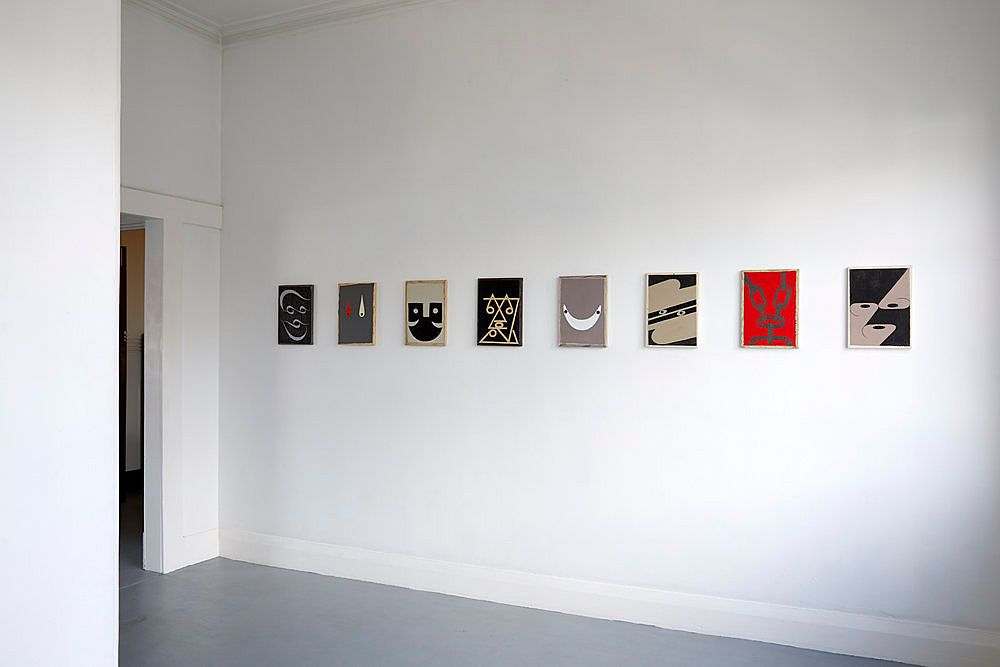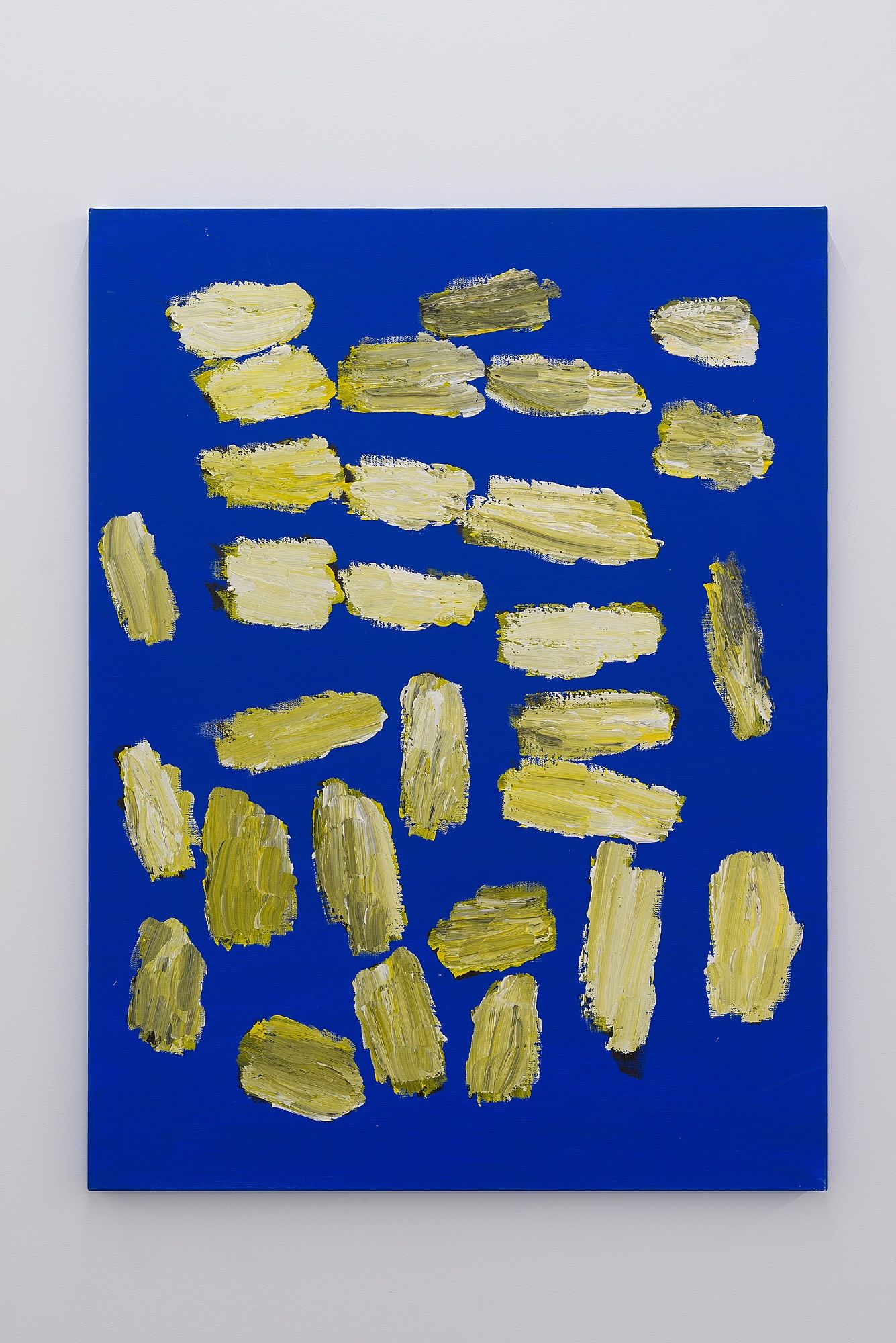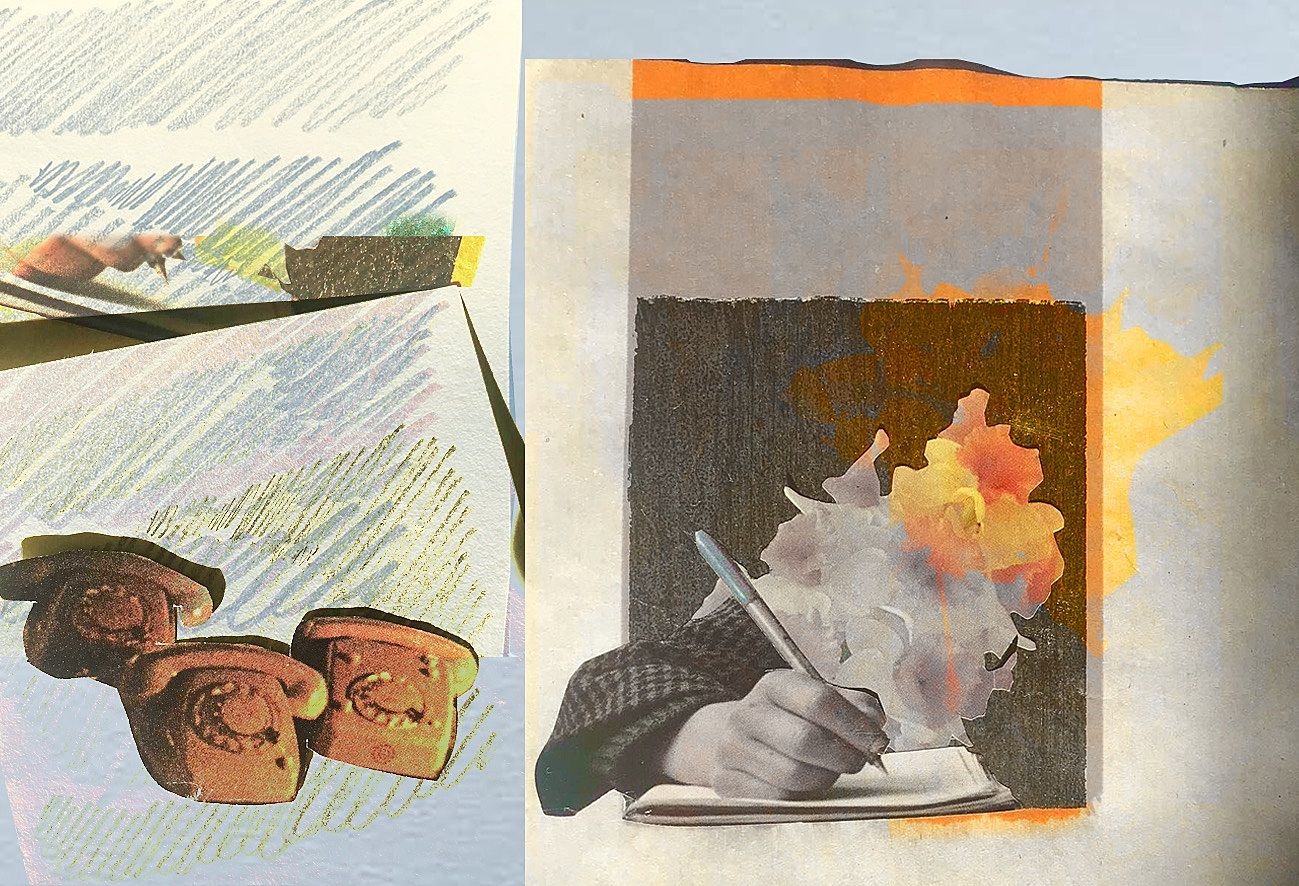The Unmissables: Three Exhibitions to See in May
A monthly round-up of artworks in Tāmaki Makaurau that we keep returning to.
A monthly round-up of artworks in Tāmaki Makaurau that we keep returning to.
There’s been a bit of buzz around Tāmaki Makaurau this month, beginning with the Auckland Art Fair, including its Projects Programme and The Future of Art panel discussions, followed by a handful of art-related talks in the Auckland Writers Festival last weekend. Once again, our review team of art critics Lucinda Bennett, Lana Lopesi and Francis McWhannell has searched the city to find the best art on show this month in the dealer galleries of Tāmaki Makaurau.
Burrkunda are scars that I have on my body.
This sentence comprises Kuruwarriyingathi Bijarrb Paula Paul’s (Australia, 1937) entire artist statement accompanying the painting Burrkunda (2007). The statement is not written on a wall text (we are in a dealer gallery, after all) but can be found in the exhibition catalogue by the gallery entrance, a binder filled with certificates of authenticity, their presence an oblique reminder of the rampant trade in fake Indigenous Australian artworks.
Burrkunda is a breathless moment in the gallery. Weighty, streaked yellow daubs across a bright lapis background, like smeary stars in a wide dusk sky, or like scoops carved from the dark blue earth to reveal pale buttery clay beneath.
When I return home, I spend time researching burrkunda. A text from the National Gallery of Victoria describes a painting from May Moodoonuthi, another Kaiadilt woman artist like Paul who also paints on Bentinck Island. The passage describes how Moodoonuthi “strengthens her connection to family and Country by painting striped burrkunda (body scars) that signify mourning”. I think about how, in many Australian Aboriginal cosmologies, the land is a body – ancestral beings metamorphosed into landscape features and natural phenomena.
When I look at Paul’s painting, am I looking at scars on the land or a body? Perhaps the distinction is unnecessary here, or at least secondary to the visualisation of grief and epiphany. – LB
Colour Field: Aboriginal Group Show
Anmanari Brown, Nola Campbell, Sade Carrington, Annunciata Dartinga, Sally Gabori, Norma Giles, Mabel Juli, Johnson Lane, Neville McArthur, Lindsay Malay, Nonggirrnga Marawili, Larritjpira Munungurr, Paula Paul, Joyanne Williams and Michelle Woody
Tim Melville
9 May – 10 June 2019
Auckland-based painter Julian Hooper (1966), of Hungarian and Tongan heritage, is a familiar name among local art communities. Hooper has been exhibiting since 1990, resulting in an extensive exhibition history. His work often draws on aspects of cultural and art history, re-presenting certain aspects of these lineages in his painterly form.
A heavily refined palette forms the basis of Hooper’s latest suite of paintings on show now at Ivan Anthony, in the exhibition The Room Takes Shape. In every painting and sculpture Hooper has abstracted the human face and paired the works with humorous titles such as Doublehappy and Absent Minded Professor.
One such work, Lovesick, has eye, mouth and ear-like shapes on a deep black surface. As with all the painted works, Hooper has layered additional pieces of canvas on the top of the stretched canvas, raising the surface of the work and giving it a textural and almost sculptural element. The sides have been painted to replicate woodgrain. The humour in Lovesick as well as the entire exhibition is refreshing. The Room Takes Shape, a show which on first glance looks to be a serious take on art history, acknowledges the world in which it exists while at the same time also poking fun at it. – LL
Julian Hooper
The Room Takes Shape
Ivan Anthony
8 May – 1 June 2019
Having never before encountered the work of Esther Leigh (Aotearoa, 1966) in person, I took distinct pleasure in Weight, which forms a kind of compact survey.
The liquid light of the semi-domestic environment of Antoinette Godkin Gallery enhances the shape-shifting games of Wade, a series of works from 2003, which put me in mind of the more abstract photograms of László Moholy-Nagy. One does indeed have to visually wade in, in order to apprehend the forms emerging and dissipating within the works, as well as the ingenious processes (apparently involving the layering of acetate film and mirror-backing paint behind glass) used to bring them into being.
A more recent series, Verge (2019), extends Leigh’s established practice of photographing landscape-like dioramas made of plastics. These works are particularly poignant in the present moment; the materials inevitably evoke rubbish, while the assemblages take on the aspect of iceberg clusters or of coastal profiles reproduced in accounts of James Cook’s voyages.
The work that most beguiles me, Idle 15 (2006), also suggests a landform but feels considerably more intimate. The underlying arrangement includes a string of pearls and mounds that remind me rather of scrunched-up tissues or bundled-up clothing: detritus from a night out. I picture someone rousing in the early morning, half-open eyes cast towards a bedside table. That experience of melting unreality, as dream-images insinuate themselves into your surroundings – just as your waking surroundings insinuate themselves into your dreams. – FM
Esther Leigh
Weight
Antoinette Godkin Gallery
14 May – 15 June 2019
Feature image, top of page:
Julian Hooper, The Room Takes Shape (installation view), 2019. Photo: Ivan Anthony Gallery.
The Unmissables is presented in a partnership with the New Zealand Contemporary Art Trust, which covers the cost of paying our writers. We retain all editorial control.






